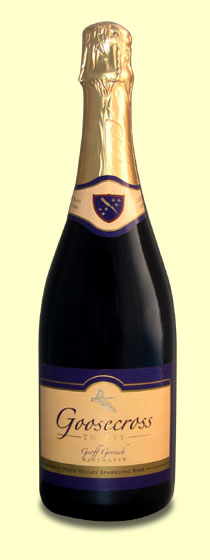 |
|
Wine Details
Price:
$35.00 per bottle
Description:
Our Sparkling Rosé is made from 79% Chardonnay from the Carneros region and 21% Zinfandel from State Lane, here in Yountville. The wine was very briefly barrel aged for a touch of richness, then carefully blended to reach the right balance of luscious fruit and elegant structure. Geoff describes it as “sparkling table wine”, recognizing its vinous, more full-bodied character than you’ll find in some sparkling wines.
|
|
|